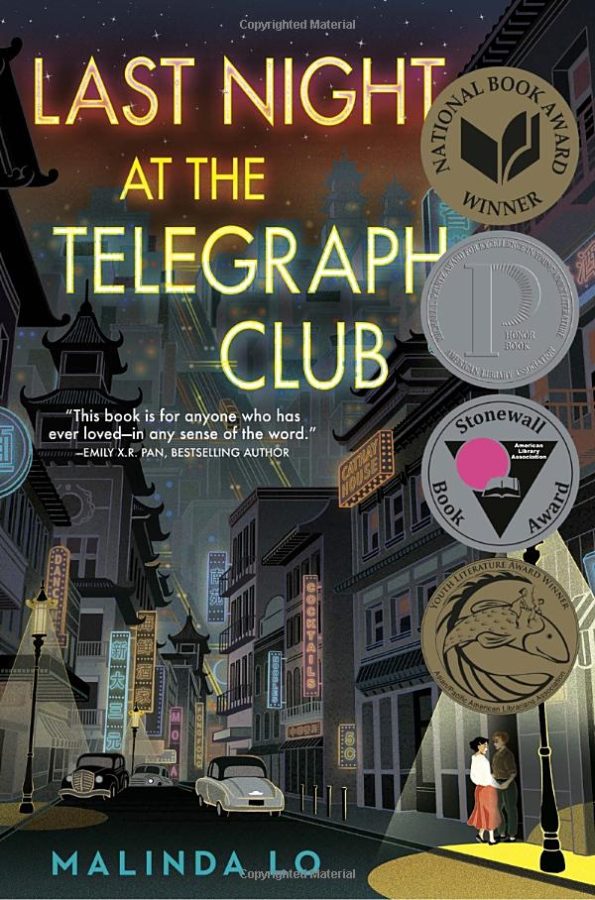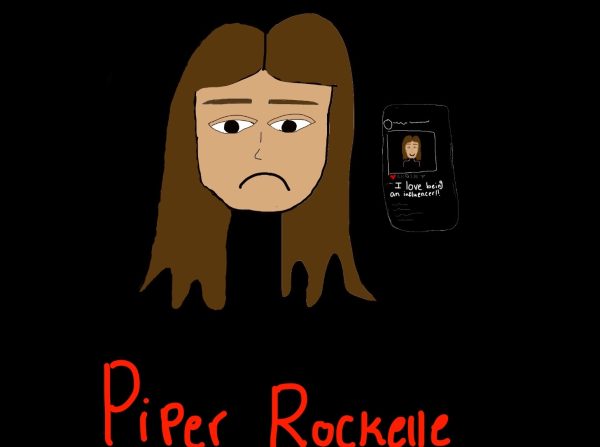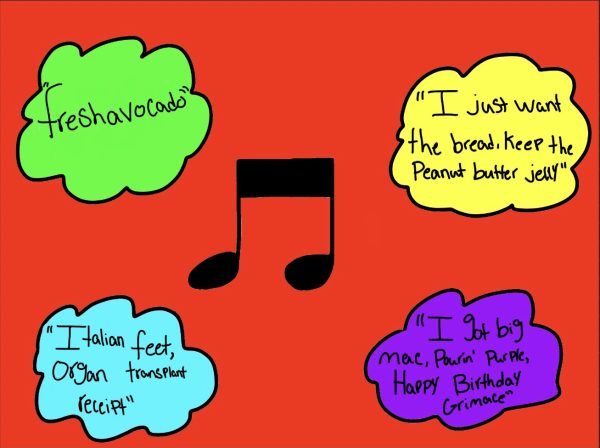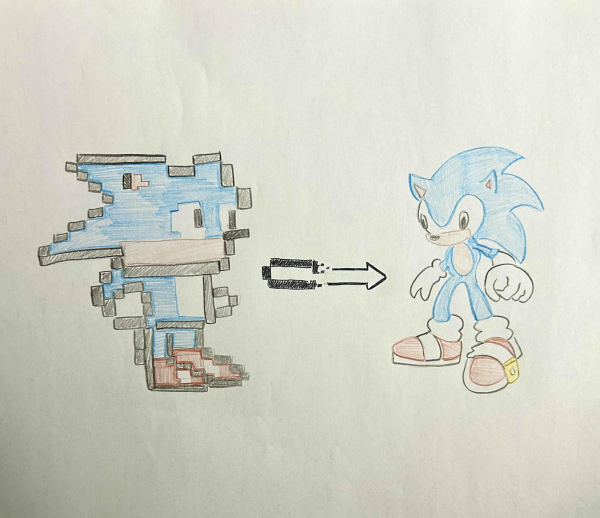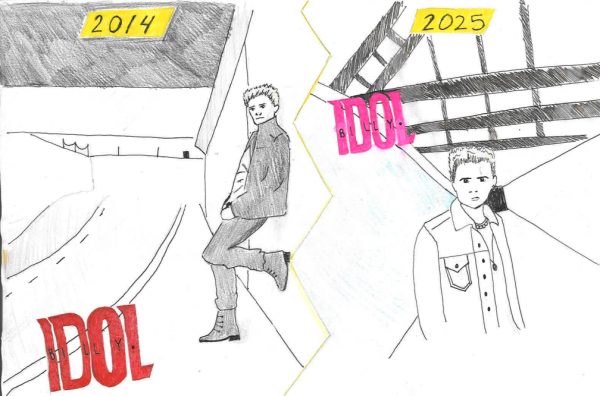Author captures audience with 1950s young queer romance
Lily Hu is a Chinese-American girl who resides in the community of Chinatown in 1954’s San Francisco. She has high hopes for her future, aiming to first become a computer scientist and then eventually become a rocket scientist. Her fascination with space often gets ridiculed by her best friend Shirley, who slowly begins to succumb to the dangers of peer pressure. Lily finds herself alone for a brief period, before finding solace in the friendship with classmate Kathleen. Lily and Kathleen’s relationship gradually unfolds to become something more, but with the Red Scare plaguing the country, Lily feels forced to choose between herself and her family. In Malinda Lo’s “Last Night at the Telegraph Club”, character building and imagery is used to develop immersive storylines that draw readers in and take them on an emotional journey.
Lo uses intense language to create long-lasting, in-depth descriptions of every character that the novel introduces, no matter how briefly they may appear. In the prologue, the first two pages alone detail a couple that Lily watches from afar, ranging from their physical appearance down to how they interact with one another, including Lily taking guesses about their personalities. Again in the first chapter, Lily analyzes the parts of each individual that she admires, as well as the parts that she abhors. Because of Lo’s comprehensive writing style, it is easy for readers to find a character that they relate to and better understand the choices that they make.
Much like her development of character, Lo uses very descriptive imagery to build up the world in which Lily lives. At the beginning of the novel, readers are thoroughly introduced to Lily’s house, school and place of work by pages and pages of written vignettes. As Lily leaves the familiarity of her day-to-day life when she meets Kath, the two begin exploring new places with each other, and the intense imagery continues. While such extensive illustrations are critical to the storyline, some may find it difficult to get through the sprawling paragraphs of text that Lo uses to inspire her readers’ imaginations. I, personally, find it challenging to read through a paragraph that takes up an entire page. Although the paragraphs of description may seem intimidating, it really helps set Lo’s writing style apart from other writers, and ends up being crucial to the storytelling.
Malinda Lo’s “Last Night at the Telegraph Club” uses intense characterization and world building to give readers a sound image of the story that she is trying to tell. If you’re looking for a story that has a good balance of facts and fiction, tied together with a heartbreaking love story, “Last Night at the Telegraph Club” will provide you with that and more.


